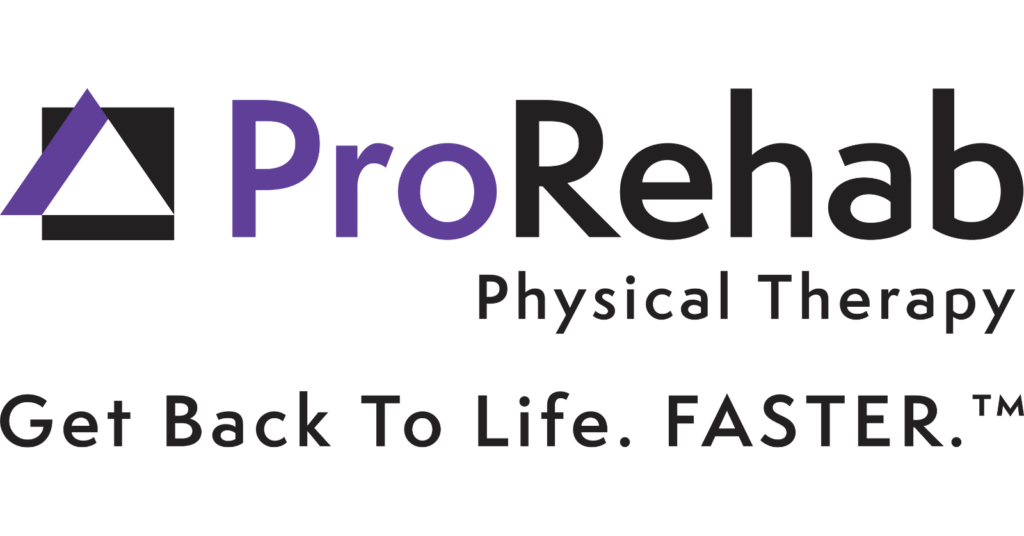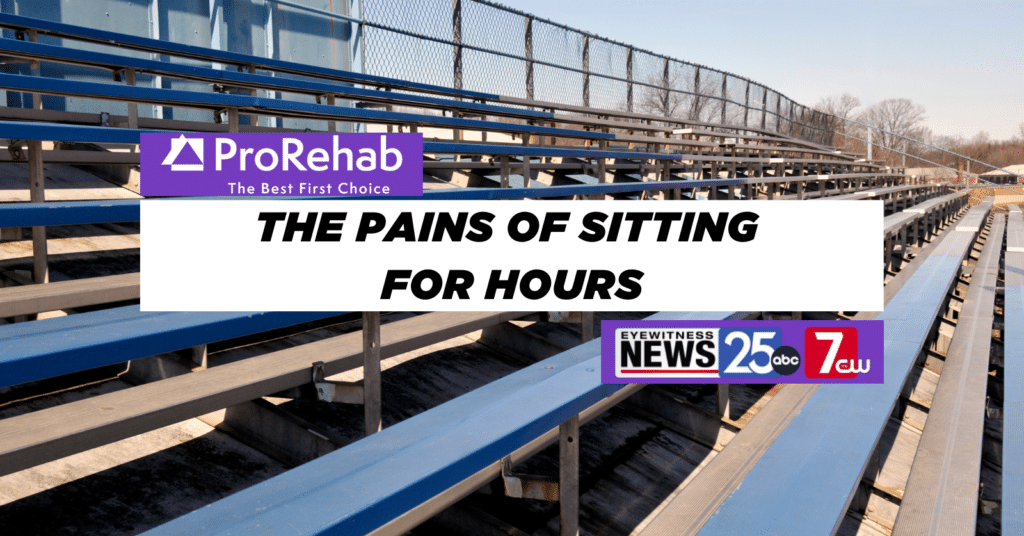Common Causes of Tennis Elbow
Tennis elbow – it’s that nagging pain at your elbow that just does not seem to go away no matter what you do! Tennis elbow is also known as lateral epicondylalgia, named for the area and the type of disorder it is. The lateral epicondyle is at the outside of the elbow and is the site where the common extensor tendon attaches. This tendon is the site where muscles from the back of the hand attach to the elbow. This is the area that becomes irritated with tennis elbow. The tendon, which attaches the forearm muscles to the bone of the elbow, begins to tear a little bit which causes inflammation that worsens with use of the elbow, forearm, and hand.
Tennis elbow is caused by a few different factors. It can be either acute or chronic. Acute tennis elbow occurs when there is too much demand on the tendon too quickly. With acute cases, cellular inflammatory mediators are present to mark inflammation. With chronic tennis elbow, pain develops slowly over time. There are no cellular inflammatory mediators present. Tennis elbow can happen from tasks like sports, a job, from playing an instrument, from fine wrist movements, or from yardwork with power tools. Racquetball, tennis, and throwing sports tend to put stress on the elbow by repetitively using one arm more than the other. Jobs that require completing the same tasks over and over, such as packaging on an assembly line or sweeping as a janitor, can also cause tennis elbow. This is due to overuse of the muscles that attach to the common extensor tendon. Work activities that use twisting motions at the wrist or power tools that use vibration for long periods of time cause extra stress on the tendon as well.
The key to tennis elbow is that no one develops pain at the elbow from overusing the arm in one activity. It typically takes weeks to months of overuse of the hand and forearm to put enough stress on the elbow to feel pain. Once your elbow is painful, it can take a while for it to improve, but physical therapists are experts in helping you manage it.
Find Out If Physical Therapy Is Right For You
Schedule an appointment with a licensed physical therapist to help recover from your chronic pain through hands-on manual therapy.
Strengthening Exercises For Tennis Elbow
Tennis elbow treatment involves several key components – strengthening and stretching exercises, modifying activities to prevent overuse, and strategies to improve pain. Physical therapists may suggest the use of a tennis elbow strap which will alleviate the stress on your tendon to allow it to heal. You will also need to avoid activities that cause you elbow pain for a while; otherwise, your tendon will just stay inflamed and overused! The treatment approach will vary based on whether it is an acute or chronic case and how irritable the elbow is.
Strengthening exercises for tennis elbow involve a gradual process to improve range of motion, the strength of the forearm and the shoulder, and body mechanics with activities. You will begin strengthening by moving your elbow and wrist gradually in all directions until you have no pain with these movements. You will also work on improving your grip strength, either with putty or twisting motions. From there, your physical therapist will guide you to use resistance with bands or weights to bend and straighten your wrist and elbow. An important milestone is when you can bend and straighten your wrist with weight without pain.
When you are pain-free with all of these, your physical therapist will guide you to use the muscles that control your shoulder, such as your rotator cuff, to use these correctly with your elbow and hand. This will improve your body mechanics and reduce your risk of having tennis elbow happen again.
Stretching Exercise for Tennis Elbow
Physical therapy for tennis elbow also involves gentle, gradual stretching. Stretches should never cause pain and should be held for about three rounds of 30 seconds. The first series of stretches are for your wrist and involve moving the fingers up, then down with a straight elbow.
You may also work on your fingers specifically by using a resistance band around your hand and spreading your fingers apart. In addition, you will work on stretching any tight muscles around your neck and shoulder. It is common to stretch the shoulder and the sides of the neck, to target the upper trapezius and scalene muscles.
While you can try some of these exercises on your own, an expert physical therapist will guide you on the quickest, most pain-free recovery.



